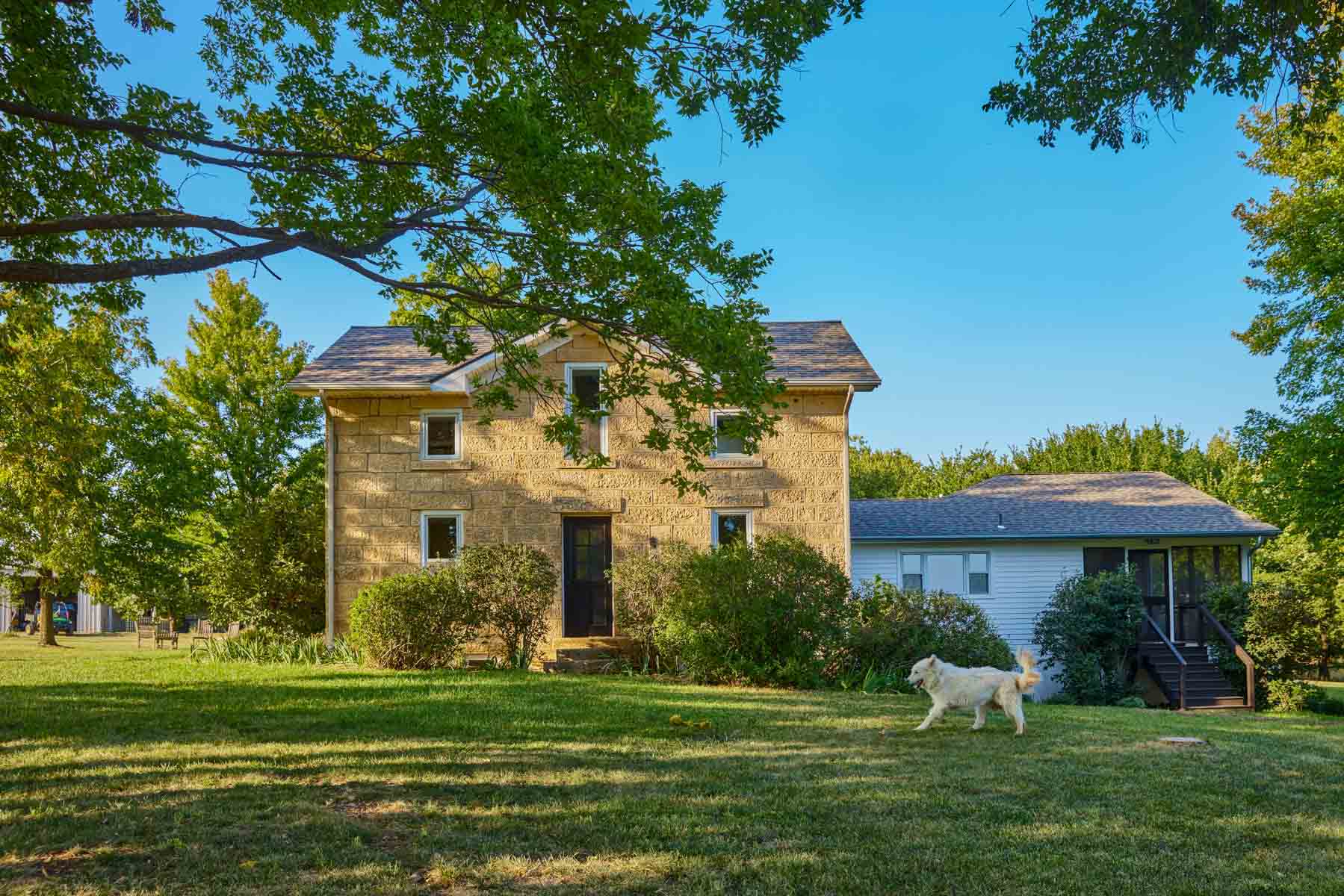John joined Hall and Hall to set up and run our Kansas office in 2010. He has marketed farms, ranches, equestrian centers, cattle feed yards, and agricultural water rights throughout Kansas, Oklahoma, Texas, New Mexico, Colorado, and Arizona. Born and raised in Kansas, John grew up around ranching and ranch real estate. John attended Kansas State University, became a licensed pilot and joined his father at Doug Wildin & Associates Ranch Brokers in 1978. Since then he has successfully marketed hundreds of thousands of acres of farm and ranch real estate. He has spent his career developing personal and business relationships with many agricultural producers throughout the United States and serving their real estate needs in an ethical and service oriented manner. His decades of farming and ranching experience served as a background for his broad working knowledge of all phases of livestock and farm production agriculture. John loves the outdoors and relishes time spent at his second home in the Colorado mountains. John resides in Hutchinson, Kansas and has two grown children.














































